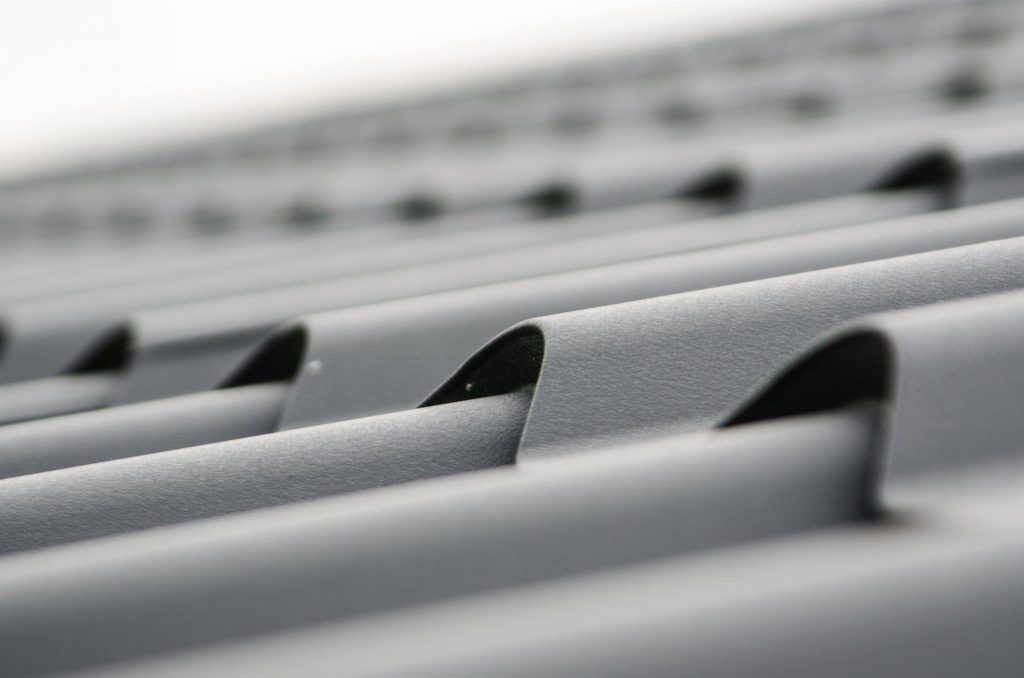Come rain, shine, or high winds, your home is supposed to shelter you from the elements. So, when severe weather rolls through, you want a roof that’s ready to act as an impenetrable shield. Which roof design is most up for the task? Here’s the not so simple answer: the design that’s best for your home depends on what kind of weather events you’re trying to defend against.
Let’s explore a few possible roof designs and what kind of protection they offer.
Gable
In the United States, gable roofs are the most common roof design. But that doesn’t necessary mean they provide the best protection from every weather event. In fact, part of the reason they’re so popular is that they tend to be a cheaper option than most alternatives.
Their triangular shape and simplistic two-slope design can prevent snow and water from accumulating on the top of your home. However, when it comes to high winds, a gable roof can be problematic. Materials may be torn off the roof if high winds create an uplift force at an overhang.
Hip
A hip roof is recognizable by its four equally sloped sides. Much like on a gable roof, the slopes prevent water and snow from accumulating. However, the overall structure holds up better in windy conditions.
What’s the catch? A hip roof will likely cost more.
Hip roofs come in a variety of styles, including a cross hipped, hip and valley, or intersecting hip. The more complex the design, the more you might need to consider the possibilities of water pooling and forming leaks.
Flat
The name says a lot: this type of roof has a simple flat construction. Although they’re typically used on commercial buildings, you can also have a flat roof installed on a home. They can be a great investment for people who want to easily install solar panels, but, as you might already imagine, heavy precipitation can lead to serious problems.
These aren’t the only options you have when it comes to roof shape. For example, curved, sawtooth, and butterfly designs are also available, and they each have their own pros and cons to consider. Consult with a Denver roofing company if you want to explore more possibilities for your home’s structure. Experts can also give you a more complete picture of how a roof’s design will hold up to local weather.
In addition to design, material matters as well. Here’s a brief rundown of the different materials that are available and how they respond to certain conditions.
- Asphalt – Common and inexpensive material that works well in various temperatures and holds up well against water
- Ceramic – A smart option for keeping out rain, but can erode in fluctuating weather
- Slate – Easy to maintain option and will not rot, but slate can be heavy and expensive
- Cedar – Environmentally-friendly option that is UV-resistant and durable in harsh weather
- Metal – Environmentally-friendly roofing option that has a long life expectancy but can be noisy during heavy rains
As with the roof’s design, it’s best to consult with a local expert on material types that might be suitable for your home.

